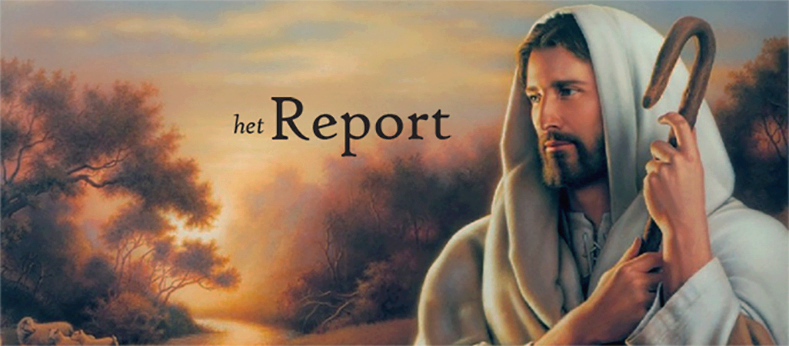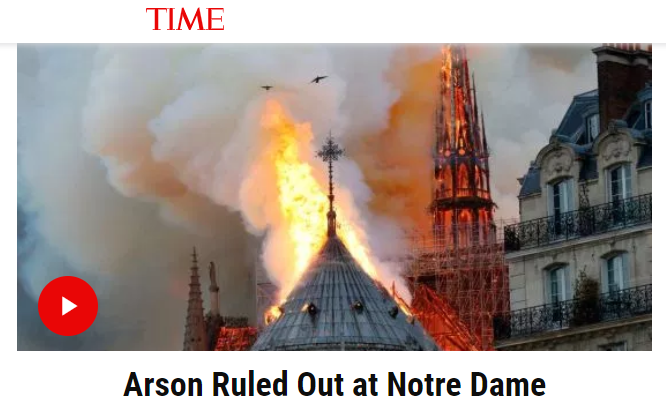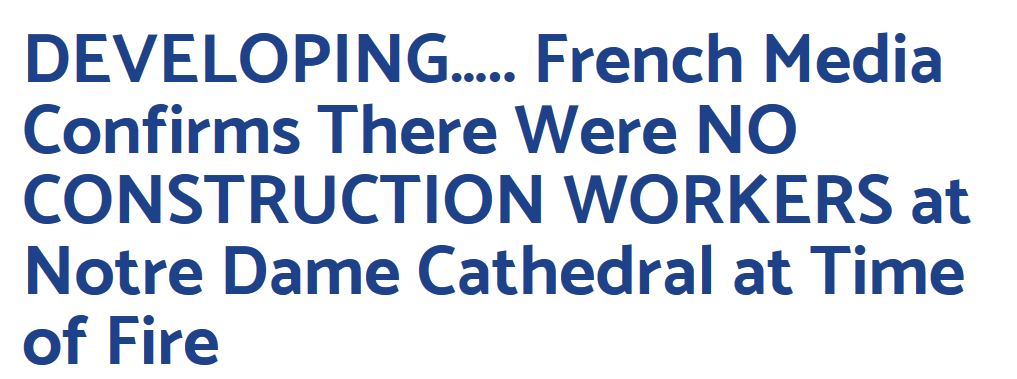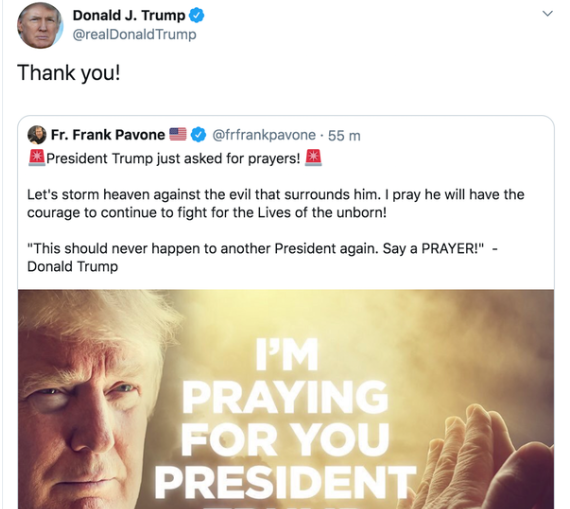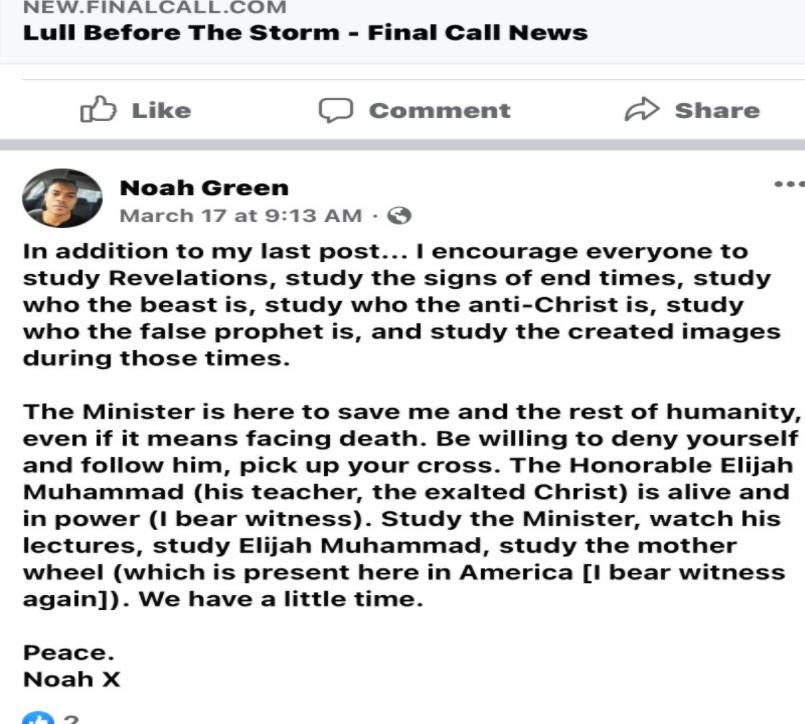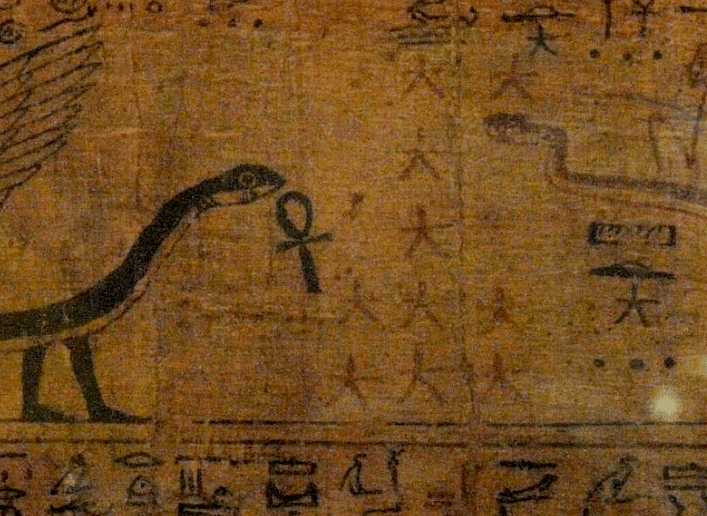the third day after Trumpets , a perfect Fall feasts mirror of the Spring feasts [‘3d day’ & ‘middle of the week’ : in Lk.2, Jn.7, Lk.11and Mt.25 ; the “Fall of Jericho” (Josh.5-6) , and the alleged ‘circumcision’] [version ; 2025-10oct.8-11] |
a rather important page ,
though containing text sections rather than text itself
as those supporting “Atonement at the third day” —
wherefore the page is a bit less readable
but hoping for all of your goodwill please
| content : … we knew Atonement was not ‘at the 10th of the 7th’ and searched a proper place for her four months ago which however turned out to be incorrect , now — the point is not ‘that we were wrong’ but only “that we get her date right this time” please , and after finding the important ‘star & sceptre’ theme that almost demanded “Trumpets at the 14th day”, the consequent reappearing “three days” linked to it required a proper closing — as the day of Atonement ; could it have been this simple all the time ? : |
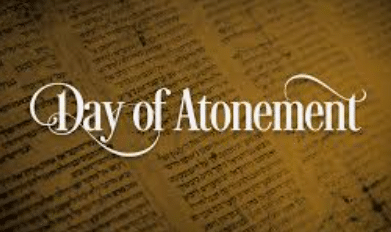
|

now please , the “like I will rise in the third day , so will the remnant of Ishral”
in the Mt.12 section (-see page) was an important clue , but if true then both
He and God must have said a lot about this mirror —
yet though we already suspected that Esau feared the day of Trumpets and
that of Atonement and changed their dates even as far back in Genesis 32
(-see page) we lacked the reason for it – until this ‘star & sceptre’ theme
[even Gen.32 already showed that ‘Atonement’ is linked to ‘birthright’ ..] ;
however ,
now that we know ‘that at Trumpets the sceptre returns to Eden’ so that he
will no longer feed their sun that consequently will get dark , after which the
panicking demon-nations will hinder the virgin & her star to álso return that
will cause ‘a delay’ until she will escape them — corresponding to the ‘delay’
of Christ appearing on the clouds “the third day” ;
and combined with the “Aaron waiting at the portal of the tabernacle until
he will go forth the third day” (-other page) , all the evidence seems Legal
enough for us to declare to Him ‘that Atonement is the third day’
this page :
#1 [Lk.2:] no “little boy Jesus teachiing in the temple” but “delay & three days & midst of the week”
#2 [Jn.7:] Christ going up to the feast “in the midst of the week (-of Booths)”
[deeper corrupted :]
#3 [Lk.11] no “Friend at mid-Night (‘parable’)” but “in the midst of the night=week & three days”
#4 [Mt.25:] the Wise and Foolish Virgins ‘in the midst of the night=week & delay &
cry=trumpet happens=sounds ,
five=three virgins=days (-of Christ)
OT : and five=three virgins=days (-of the 144)”
#5 the Fall of Jericho
#6 the alleged ‘circumcision’ (‘at the 8th day’)
theme
… in the NT sections a cluster of key-words as “in the middle of [+a time]”, “feast”,
sometimes “three + days” and a corresponding action supports the context of the
time from Trumpets until Atonement — but because Esau has poured the events
into such a different ‘format’ this sadly is the maximum we can retrieve from them ;
then ‘the fall of Jericho’ :
the date is “the·passover = the the=day of Trumpets on the fourteenth day“ [sic !]
where ‘Passover’ is impossible because of the obvious link to “trumpet blasts”
AND the subsequent rescue of “the virgin” (not ‘whore’) as the daughter of tsiun ,
turning the context of this whole event into ‘the start of a (49th) Jubilee year’
as the same time-frame we – hopefully – are looking at , now ;
so that it makes the ‘going around the city’ not ‘for seven days’ but for ‘three’ ;
and added , the ‘circumcision’ :
apart from the false story the clue did not happen at ‘the eighth’ but ‘the third day’
while indeed ‘circumcision’ as Esau’s occult Ritual is still valid (-see page) ;
however , this Ritual was invented and not ‘projected over an original text’ so that
we cannot derive anything from it — apart from the fact that it attacked Atonement
by searching ‘to keep Edens north gate opened’
as the same place where originally the Star ipon her sceptre dwelt !
[the same region that is called ‘the lotus’ (as ‘escaping eden-fire’) by the Egyptian
spells ‘as the birth-place of Bennu’ their copied star ; and the same in Rg-veda]
in NT
#1 the alleged ‘boy Jesus lost in the temple’ [Lk.2]
… where Joseph and Maria lose the boy out of their sight and after searching him
find him sitting in the temple lecturing teachers that ask him questions ;
(41)
has ‘a feast’
(43)
has ‘Jesus + tarried’
(46)
has ‘three + days’ and ‘in the midst of + the doctors=week (we bet?)’ ; [1x]
(51)
is about “going home” and compare the end of the Mark 5 section ;
where in previous lines the alleged “blessing by Simeon” which very much looks
like the Isaiah “the prisoners set free in the year of the Jubilee” must be the same
buildup as in Luke 4 (same Mt.12 page) , where Christ repeats those Isaiah lines
after which ‘the third day & the return of the sceptre and star’ follow ;
we’ll make an attempt but Esau very much forced his idea upon these lines ,
while we cannot discover the Atonement theme in this section ;
b)
the ‘Joseph & Maria searching the boy’ was ‘we searching the date’ ?
… we know that Christ was brutally & refreshingly honest always , and if we keep
the possibility that Esau already at the start can have changed the dates (Gen.32)
perhaps He said that the joseph=sons of mary=Ishral will search the date ,
followed by “the third day” & “the middle of the week” theme —
yet we can only keep this option in mind since it cannot be próven
#2 ‘in the middle of the week [-He went up to the feast] ‘ [Jn.7]
… the given reason for the delay is very vague (corrupted) where it has the
same aspects of ‘Jesus teaching’ and ‘people being amazed’ as in above Luke 2 ;
in the intro there ,
(8)
“Go ye up unto this feast :
I go not up yet unto this feast; for my time is not yet full come.”
can be about “the sceptre returning at Trumpets — but the star not yet” ;
(13) “fear of the jews” can be “the nations of demons fear the restored sceptre”
and in (14) ,
“Now about the midst of the feast Jesus went up into the temple, and taught.”
“about=in the middle of the feast=week (-of Booths) [2x]
b
Jesus went up=appears into=on the temple=clouds” ,
where from (16) Atonement may have been explained —
but to be honest the whole chapter has been very deeply corrupted
in the next examples Esau also changed the structure of the story :
#3 the alleged ‘the Friend at Night’
… not only corrupt but Esau put it in his ‘parable form’ as well , and to see what
he did it’s best to show the isolated & contextless section in Luke 11 :
(5)
“And he said unto them, Which of you shall have a friend, and shall go unto him +
in the middle of + the night and say unto him, Friend, lend me three + loaves ; [3x]
(6) For a friend of mine in his journey is come to me and I have nothing to set before
him ? (7) And he from within shall answer and say, Trouble me not : the door is now
shut , and my children are with me in bed; I cannot rise and give thee. (8) I say unto
you, Though he will not rise and give him, because he is his friend, yet because of his
importunity he will rise and give him as many as he needeth.”
here ,
the “return + in the middle of + the week” as “the third + day” is clear ,
while the corrupt ‘closed door’ is “the left behind” theme — however the context is so
mutilated that the rest is indiscernable : perhaps “the people furious with their pastors”
if lines 8-13 were about “following His example – by dying”, but it’s all too corrupted
#4 the alleged ‘five wise & five foolish virgins’
… twice we have made an attempt and both failed —
in (1-4)
the ‘five wise and five foolish virgins’ are introduced , but in the context of the rest of
the original narrative this should be “(risen-) the third + day” of Christ
and the five foolish ones ‘the third + day (-for the 144)’
because both sets of virgins suggest a certain relation [return & possible Atonement]
with eachother where one group is ‘the head’ (Christ) ;
in (5) ,
the ‘bridegroom=Lord + tarries’ as in the “boy Jesus in the temple” , above ,
(6)
until ‘comes in the middle of + the night=week’ as in all three examples above , [4x]
while added here is “the cry + happens” which is “the trumpet – sounding” (sic) ;
(10)
now both groups of virgins originally were “the 144,000 vs believers” :
it shows the same corrupt “door – closed” as in the alleged parable so that there
was no theme about “having oil or not” but instead “having died – or not” ;
however ,
though “the middle of + the week” is reather sure , the 5 + 5 virgins” cán have
been “the star + sceptre” theme because of the rést of this chapter :
b) Christ returns + the sheep and goats [31-46] [return & Atonement]
… this is tricky —
as far we know Christ did NOT address ‘the final judgment’ in the gospels while
the section opens with “when the Son of man shall return in glory” and the goats
and sheep separated which is an Atonement imagery ;
Esau greatly extended this section that also has “the 144,000 vs believers” that
was not about “gave + no + drink” but “not + died + to the flesh” —
since this is the only such type story and showing in this Mt.25 doesn’t mean it
cannot have come from anóther gospel and was placed here by Esau , it’s just
that it causes problems for us to see what happened at the start of this chapter
NOT this theme : ‘parable of the wedding banquet’ [Mt.22] :
… that’s how dangerous interpreting is — though indirectly related , the theme here
is not “sending forth his servants to invite for a banquet” (4) but “the angels give the
scroll (KJV)to scholars’ and not “people rejecting the invitation” but the scholars that
say “I cannot read it because it is sealed” ,
where indeed at the end the KJV causes many to be left behind as the idea in (13)
yet with the corrupt phrasing “in outer darkness where is gnashing of teeth” …
in OT
#5 the fall of Jericho
… the idea is that ‘the blowing of trumpets’ there indeed happened ‘at Trumpets’
where the rescue if the virgin (not ‘whore’) represented the Atonement theme
since in this case the woman is ‘the daughter of tsiun’ as one of the ‘prisoners’
that will be delivered according to the Isaiah lines ;
the Fall of Jericho in chapter 6 already starts in previous 5 and giving a date :
(5:10)
“And the [=sons] of Israel encamped in Gilgal ,
and kept the·passover = the the=day of Trumpets on the fourteenth day
of the month at even in the plains of Jericho.”
where , interestingly ,
though corrupted next 11-12 suggests that it was ‘a Jubilee year’ because of
a phrase akin to those in Leviticus 23 , and also because next chapter 6 shows
a ‘trumpet problem’ , see below ,
(12)
“… but they did eat of the fruit of the land of Canaan that year.” ;
next ,
in (13-15) Christ appears as ‘the prince of the host of IEUE’ which makes much
sense in these days from Trumpets until Atonement (when the virgin is rescued)
but what happened here is unclear — corrupted by Esau ;
except if at the start of next chapter 6 not IEUE speaks ‘but the angel’ :
[chapter 6 :]
7 days with 7 trumpets — or 3 days with 7 trumpets ?
… first we need a proper concept :
— the restoration of the Scroll , for seven years , starting at Trumpets ,
— as the day that the sons (‘you & we’) ‘as if blowing the trumpet’ answer God ,
— then ,
because of the entire theme until Atonement we need a “three days” ,
— we cannot be sure if “the people shouted a loud cry” (in 5) or if a loud souns
came ‘from heaven’ (-that also caused the city walls to fall) ;
yet either way the seventh day ‘a response from God’ should follow whether
a sound from the sky or represented here by ‘the people shouting’ ;
however ,
the structure of these lines was changed : this is ‘the day of Trumpets’ (ch.6)
so that ‘they first must blow a trumpet’ now ! , while Esau messed with the term
trumpet (-sphr) then interchanging it with “ram’s horn” (but ‘the·jubilee’ !) :
(3)
“And ye shall compass the city, all [ye] men of war,
[and] go round about the city once. Thus shalt thou do six days.
(4)
“And seven priests shall bear before the ark seven trumpets of rams’ horns :
and the seventh day ye shall compass the city seven times ,
and the priests shall blow with the trumpets.”
(5)
“And it shall come to pass, that when they make a long [blast] with the ram’s horn,
[and] when ye hear the sound of the trumpet, all the people shall shout with a great
shout; and the wall of the city shall fall down flat, and the people shall ascend up
every man straight before him.”
4
[..] seven=first – the priests – (will) carry=blow – seven (‘seven times’ ?) – trumpets +
b
(because of-) (?) the·jubilees (=tampered) = this appointed time (?) (‘Trumpets’)
c
before – the·coffer (=tampered) = the people ;
3
and – all – the men of – war (?) – (will) go around – the city – one=seven (?) – time(-s)
b
(for as-) thus – you (shall) do – (this-) six=day ; [note how fluent next :]
4-d
and on – the·seventh (=tampered) = the third (shbo=shlsh) – day , [2nd day : free !]
e
(when-) you (will have) gone around – the city
f
(at-) the times=day of – times=Atonement (PHonim=kPHr) +
g
and=when the priests – (will have) blown – the trumpet + [continued :]
6
and – [..] the long blast – in=for the horn=year of – the·jubilee = the Jubilee
b
(will have) happened (or ‘sounded’) ,
c
you (will) hear – a sound – (like-) a trumpet +
d
shout=coming – all=from – the·people = heaven (‘the sky’) (oM=shmiM)
e
(as-) a loud – shout=sound ,
f
and – the wall of – the city …. ’
how does that look to you please ?
in this interpretation “the people do something for a seven” as the restored scroll
the past seven years ; we kept the second day “as a free one” , but the third as
going around in ‘a victory lap’ when the Jubilee & Atonement trumpet sounds —
and the sound from heaven comes just like it will in the day that we wait ,
[we really need to make that page about cymatics , also linked to the cornerstone]
where that same day the virgin is rescued :
IF our God wanted ‘to make a point with this story’ He made a good one !
